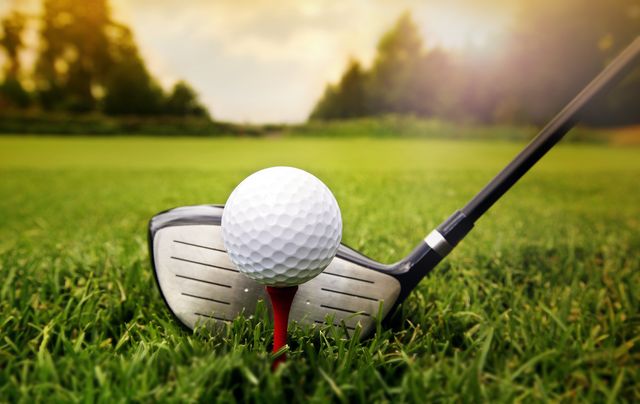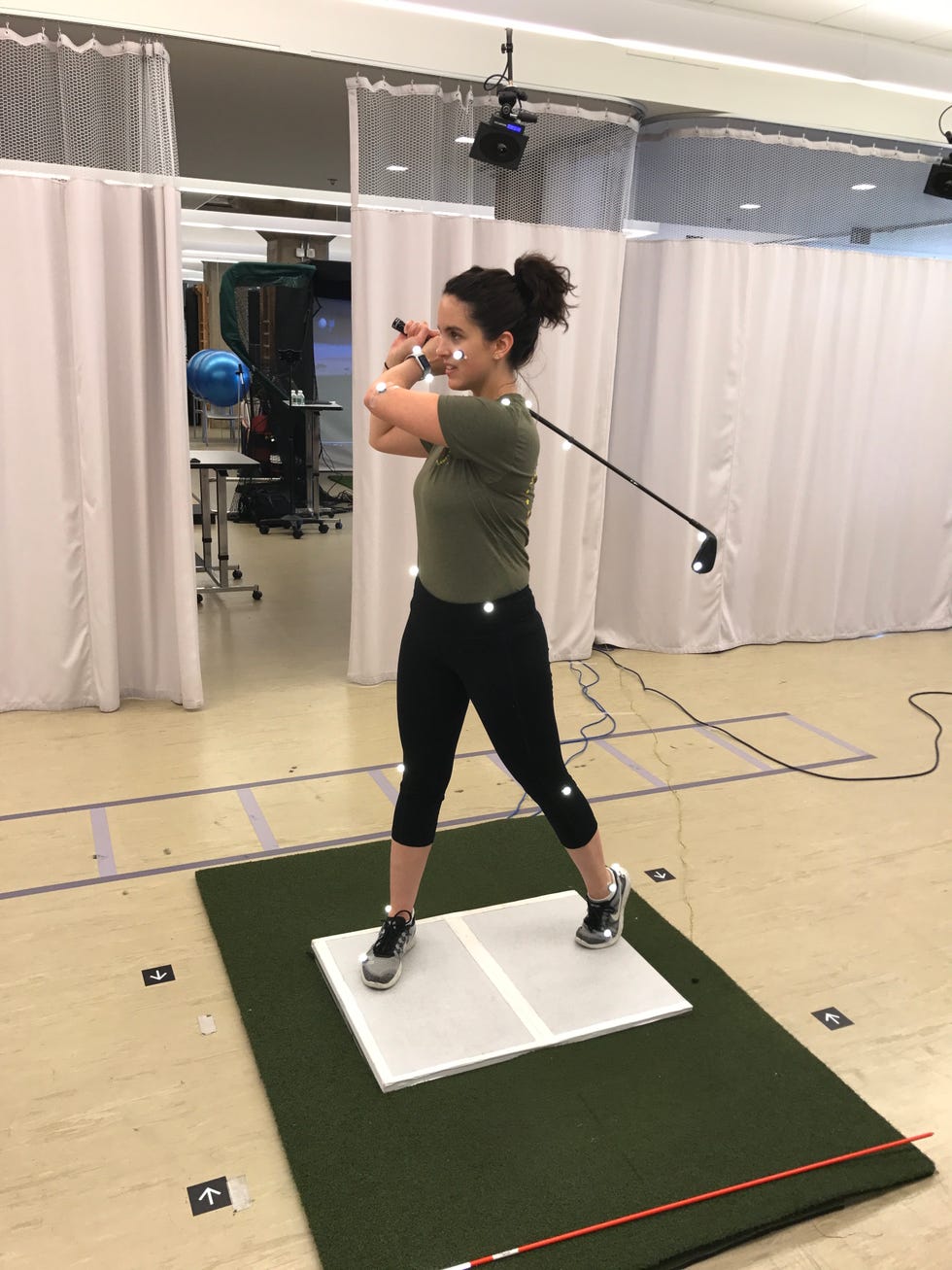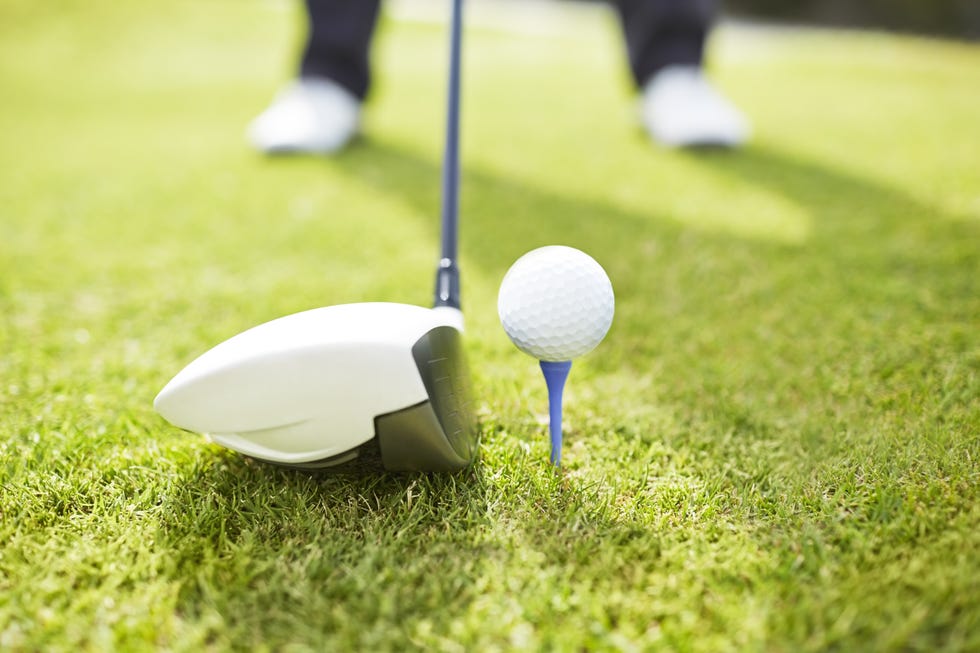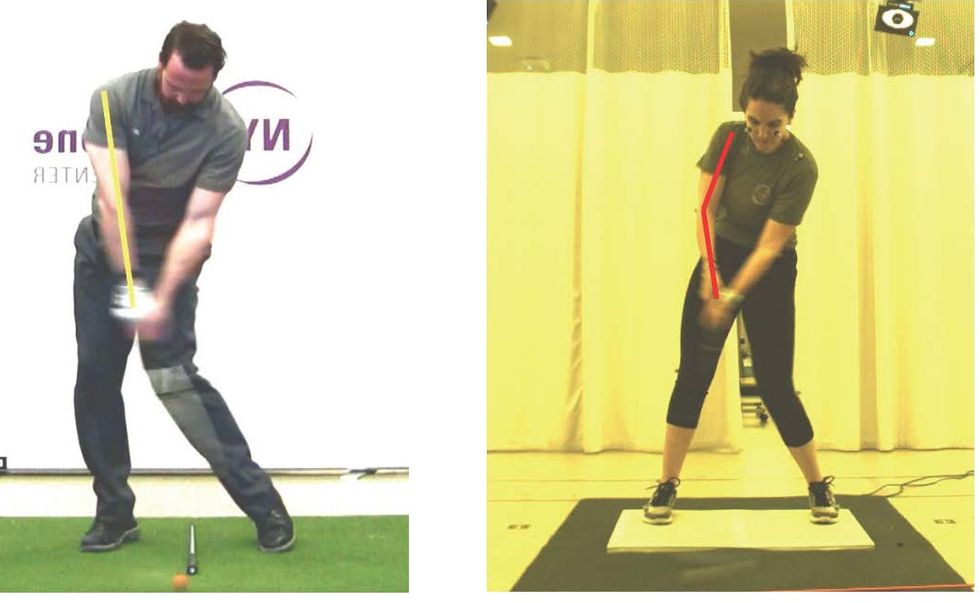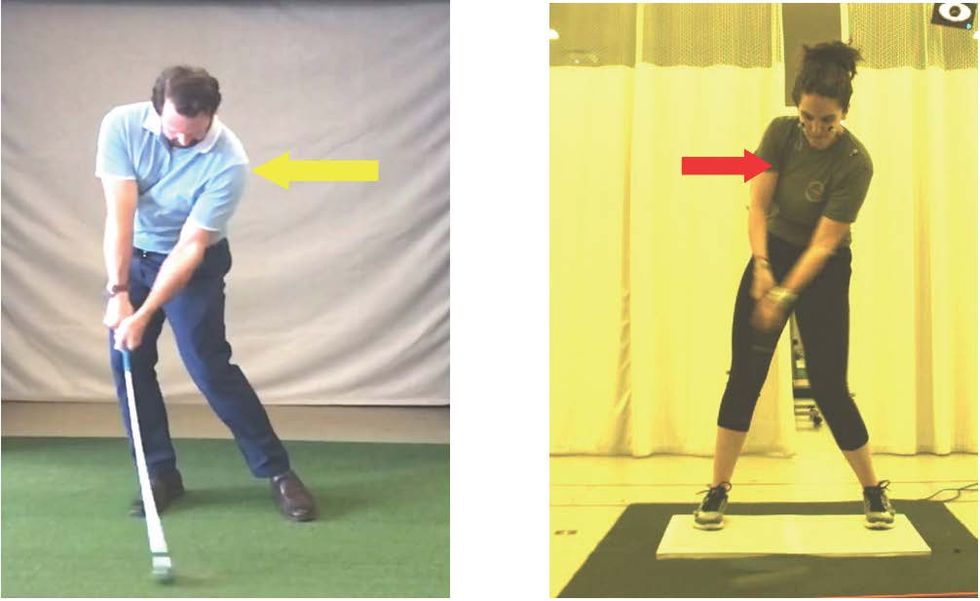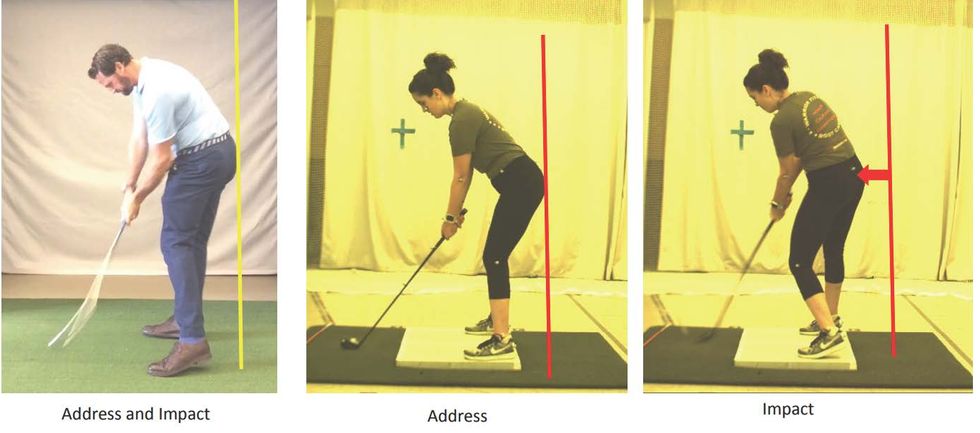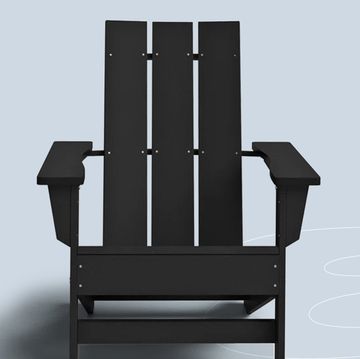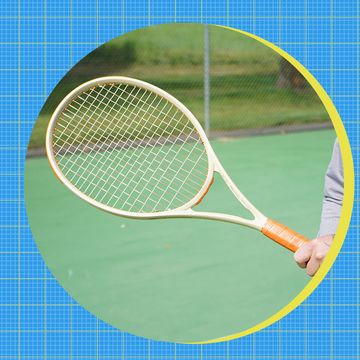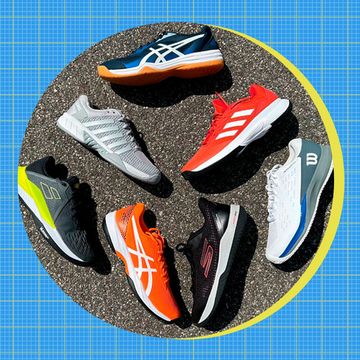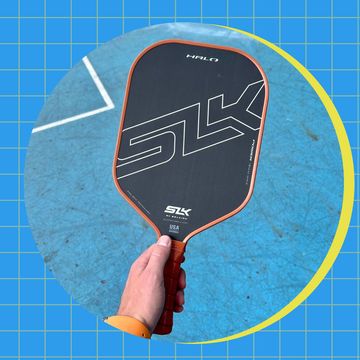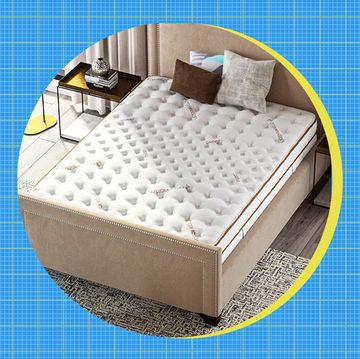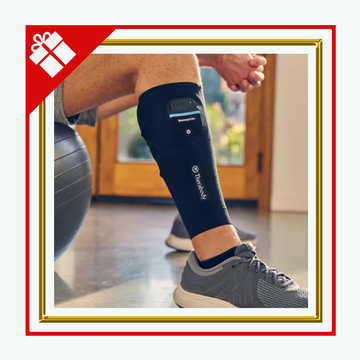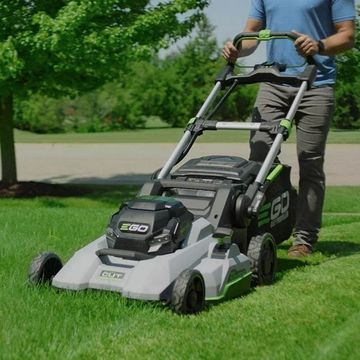The perfect golf swing is one of the most elusive skills in sports, whether you're a beginner or a seasoned pro.
Some golfers would do anything to hit the ball correctly, including shelling out $675 to cover their bodies in sensors and swing a golf club in a room full of high-tech video cameras. That's just part of what goes down at NYU Langone Health's Golf Lab, where a team of experts — including physical therapists, exercise physiologists, and golf pros — uses cutting-edge technology to help golfers of all skill levels (including noobs like me) improve their game and prevent injury.
If I had to rate my golf skills, I'd put them somewhere in the "pretty bad" to "very bad" range. I could probably get through a round...if my partners were cool with me quadruple-bogeying every hole. I'd love to get better, which is why I took up NYU's offer to come check out the Golf Lab for myself.
How NYU Langone's Golf Lab works
When you hit up the Golf Lab, you'll move through a series of golf-related evaluations over the course of around three hours.
Step 1: Video Golf Swing Analysis
Here, the experts will cover you and your golf club in tiny spherical sensors, which help the high-tech cameras hanging around the room record your body's movement. You'll stand on special force plates that measure your body's weight distribution, and then you'll swing the club over and over again while the cameras capture a three-dimensional recording of your swing. It sounds crazy, but it definitely beats propping up your iPhone at the driving range.
Step 2: Stability and Mobility Evaluation
Here's where a physical therapist will put you through dozens of simple tests to see how your body moves. Most are simple equipment-free exercises, like twisting your torso side-to-side. Who knows: Your weak left ankle could be affecting your swing or setting you up for injury in ways you never thought about before.
Step 3: Lesson with a Pro
After all that technical stuff, here's where you a get a hands-on lesson with a golf pro. You'll get live feedback on everything from your body's sequence of movement to the angle of the club when it connects with the ball.
Step 4: Group Review
At the end of all the stations, the Golf Lab experts take you into a room and combine all their learnings for a thorough analysis of your swing.
A few weeks after your session, you'll get a detailed report of all your Golf Lab results, as well as personalized recommendations for exercises and drills to up your game.
What I learned at the Golf Lab
Here are three things I learned from my report.
1. I'm "chicken winging"
What it means: I'm overly bending my lead elbow and cupping my lead wrist through impact with the ball. Here's golf pro Scott Young's swing compared to my chicken wing situation:
How it's messing up my swing: Chicken winging can lead to a loss in power and put unwanted spin on the ball.
Why it's happening to me: Lower body weakness — especially with left hip abduction and external rotation — and a lack of stability in the shoulder blade region.
What I can do to fix it: Hip abduction and external rotation exercises, such as clamshells; shoulder external rotation with a resistance band.
2. I'm "hanging back"
What it means: "Hanging back refers to insufficient forward weight shift toward the target during the downswing, causing the golfer to bear weight on their back leg at impact," according to my report. Check out Scott's weight distribution compared to mine:
How it's messing up my swing: Hanging back slows down the speed of my club and could lead to some serious divots behind the ball.
Why it's happening to me: Surprise, surprise! It's that left hip abduction and external rotation again.
What I can do to fix it: Hip abduction and external rotation exercises.
3. I have some "early extension" going on
What it means: "Early extension occurs if the lower body moves closer to the ball in the downswing," my report explained. One more time for good measure, here's Scott being really good at golf, followed by...me:
How it's messing up my swing: Early extension can lead to two kinds of misses: a block to the left and a hook to the right.
Why it's happening to me: Limited thoracic rotation, decreased use of shoulder range of motion, and those dang weak hips again.
What I can do to fix it: Hip abduction and external rotation exercises, scapular stabilization exercises, and thoracic rotation exercises, such as standing on one leg and rotating my upper body through a swing-like motion.
The verdict? I'm still a long way away from scoring par. But at least I learned what I have to work on — and had a great time in the process.
